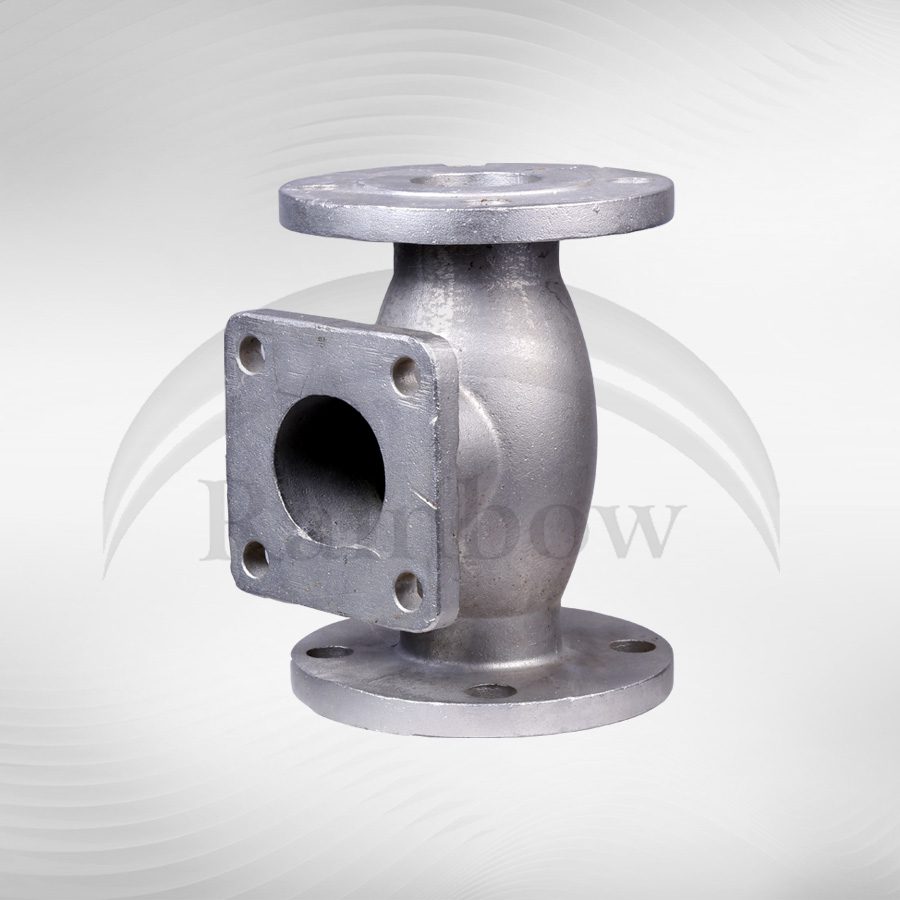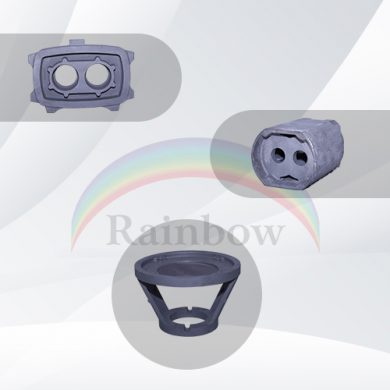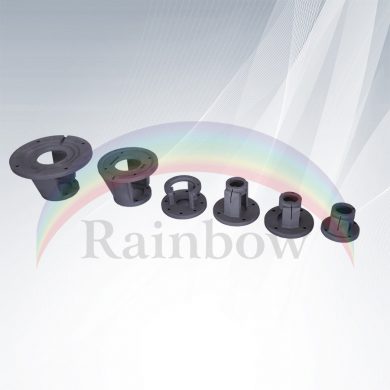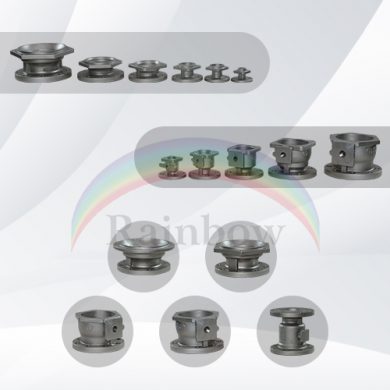knife gate valve
Knife gate valves are designed mainly for on-off and separation services in systems with high content of suspended solids.
Knife Edge Gate Valves are especially useful for dealing with slurry, viscous, corrosive, and abrasive media. The valves have a limited pressure drop in the fully open position, they are not difficult to actuate, they have a relatively low weight, and reliable
Engineered by implementing the best accessible methods, these items are broadly acclaimed for high functional effectiveness and longer service life. These are some of the most favored choices of clients attributable to their high elasticity, robust design, longer practical life, and precise design.
Read More: Types Of Butterfly Valves
Used
Knife gate valves are intended to work in some of the harshest environments, typically having a sharpened blade to cut through heavy liquids.
They are especially useful in wastewater applications where corrosion is a significant issue. Thus, in addition to the valve design advanced for slurry media, it is beneficial to have a knife made of acid-proof stainless steel as this makes it less powerless to damages caused by the consumption, and as a result, it needs less frequent maintenance or even replacement.
Knife gate valves should only be utilized for applications requiring a completely open or completely closed position and ought not be utilized to regulate flow unless they are intended for it.
Whenever fluid is forced against a partly closed gate, there will be a vibration, slowly eroding the disc and seat. In addition, the knife gate valves are intended to gradually open and close to safeguard against the impacts of water hammer.
The fundamental reason for choosing a Knife gate valve is that they are cost-effective, simple to operate and light. They are also very powerful in numerous industries and processes. Knife gate valves were designed with a sharp edge to cut through the pulp and seal.
With this kind of useful attribute, the knife gate valve has become invaluable in applications including slurry, viscous fluids and different systems where impingement is an issue.






